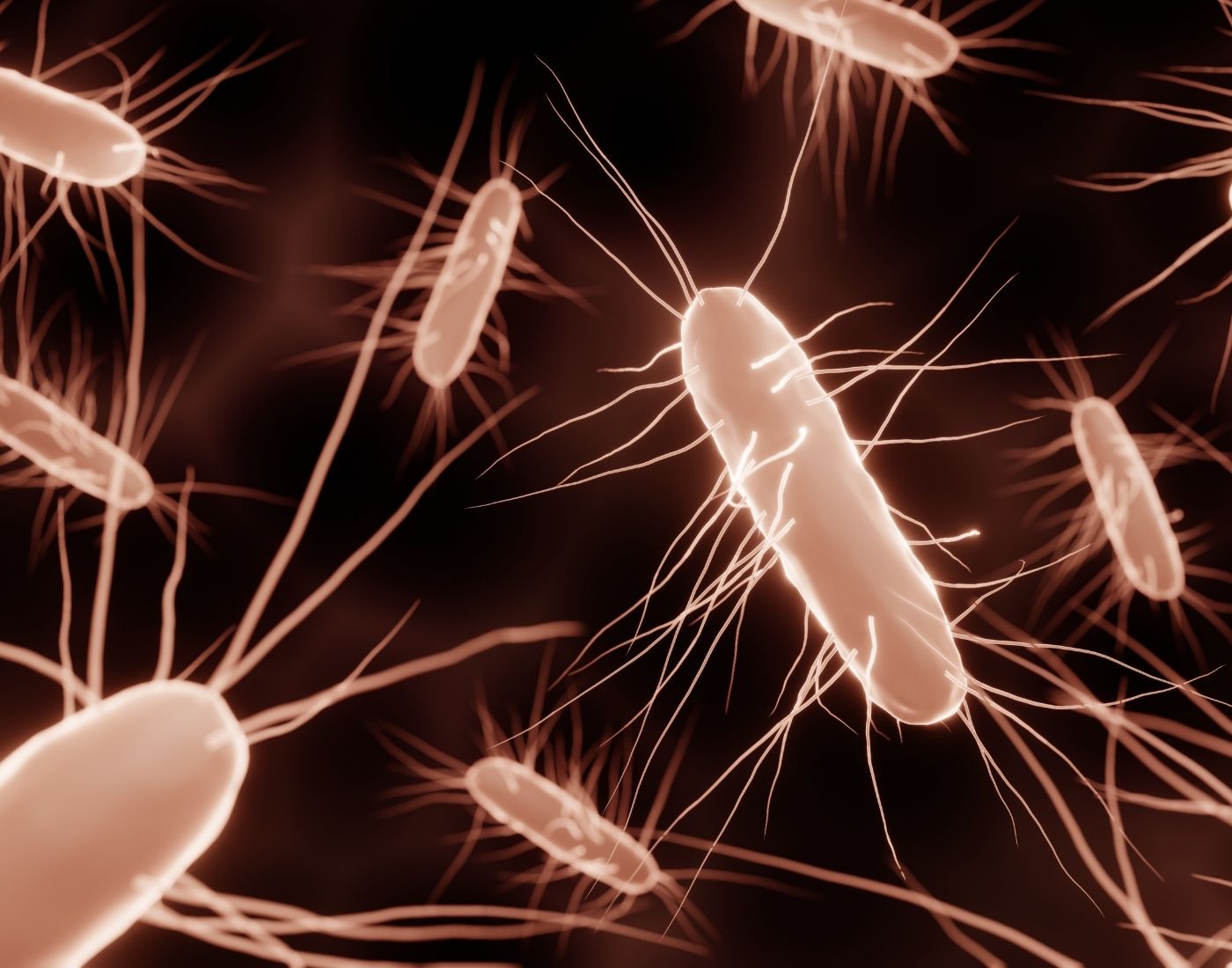Salmonella is a type of bacteria which is commonly spread by eating food contaminated with it, which can cause a type of food poisoning called salmonellosis. Those more likely to become ill with salmonellosis are:
- children aged 4 years and under
- older people (typically 65 and over)
- people who are pregnant
- those with weakened immune systems. People with weakened immune systems include those with underlying health conditions (e.g. cancer or diabetes) and those receiving certain medical treatments or medications (e.g. chemotherapy and immunosuppressants).
Salmonella is the second most common cause of bacterial food poisoning in Scotland. There are approximately 800 cases reported each year.
Most cases of salmonellosis happen by eating contaminated food or water. You can also become ill after being in contact with another person or animal with the infection.

